how do you apply elastomeric roof coating

Table of ContentsWhite Roof Paint Vs. White Roof CoatingWhich Roof Coating Performs Best?How Long Do Roof Coatings Last?Frequently Asked Questions
They require more product to attain the desired dry film density, making them less cost-effective than other elastomeric coverings. They can likewise be challenging to spray and tough on application devices. Silicone roofing system coatings are the preferred choice when it comes to UV protection and resistance to ponding water. They erode much slower than other coatings without ending up being brittle or tough.
This implies less product is required to attain the needed dry film thickness. Silicone finishings are developed by adding solvents and a driver to a silicone base. Available in white, gray, or tan, silicone can be set up on a range of roofing types including metal, customized bitumen, single-ply, EPDM, built-up roofs, and spray polyurethane foam.
Silicones attract dirt rather quickly. This implies the system will gradually lose reflectivity with time if not cleaned up regularly. They are also very slippery when moisture is present. Resistance to tearing is another inherent weakness. If pedestrian traffic is anticipated on the roofing, we extremely recommend including roofing granules into the system.
When it concerns strength, durability, and adhesion, urethane roofing coatings are 2nd to none. Compared to other finishes, they are more impact-resistant and are better matched to handle pedestrian traffic. They are also strong enough to endure the natural expansion and contraction (thermal movement) of roofing system structures and the negative impacts of ponding water.
Butyl Elastomeric Roof Coating Explained
Aliphatics are generally used as leading coat, as they are more UV stable, resistant to dirt pick-up, and have remarkable color retention. Aromatics are less pricey however not rather as UV stable. They are mostly used as a foundation finishing in most roofing system repair systems. Both types can be spray or roll-applied, with most system specs requiring several coats at a rate of 1.5 gallons per 100 square feet.
 Quick Reference: Types Of Roof Coatings
Quick Reference: Types Of Roof Coatings
It's likewise worth mentioning that urethanes are a moisture-cure finishing, meaning they are constantly curingeven in the pail. Every commercial roof is different. That's why it is very important to evaluate certain physical properties of a coating to ensure its suitability in a particular roof environment. Each home listed below, in addition to other technical data, can be found in the producer's item data sheets.
Most elastomeric finishes normally determine anywhere in between 250-900%. The higher the elongation worth, the more fit a covering is to withstand the normal expansion and contraction of a roofing system structure without splitting, thinning, or peeling off. Tensile strength is the quantity of pressure a material can withstand prior to it breaks.
Elongation and tensile strength are carefully related but in an inverse direction. As one increases, the other reductions. The very best business roofing finishing formulas balance the two properties to provide a strong, durable membrane that can adequately extend and move with roof surfaces. Permeability, or perm ranking, is the state or quality of a product or membrane that triggers it to allow liquids or gases to travel through it.
Flat Roof Coatings
 How Do You Apply Elastomeric Roof Coating
How Do You Apply Elastomeric Roof Coating
For example, acrylics have a high perm ranking, suggesting they are really breathable. Silicones, on the other hand, have a lower perm rating implying they have remarkable resistance to moisture transmission. It is very important to keep in mind that greater permeability does not equate to inferior weather resistance. Reflectivity determines the quantity in which a material can reflect light.
Unlike conventional, dark-colored roof materials, white roof finishing systems reflect 80-90% of the sun's energy back into the atmospheresignificantly lowering the danger of heat gain throughout the roofing structure. Emissivity refers to a material's capability to release taken in heat. This residential or commercial property is generally represented as a decimal between 0 and 1, with 0.65 being considered perfect for an elastomeric roofing system finish.
Solids by volume is the step of how much solid material will remain after a substance has dried. Comprehending this residential or commercial property is critical in order to correctly accomplish the required dry film thickness defined for particular coating systems. While it has no bearing on the efficiency of a finish, this specific property is definitely worth some factor to consider.
For a total summary of the physical residential or commercial properties for American WeatherStar products, click here to download our complete roofing coating comparison chart. Ultimately, the efficiency of an industrial roof finish depends upon a variety of elements. Each chemistry has its own special set of strengths and weak points. Things like roof type, age, environmental concerns, looks, and more should be considered prior to choosing on an ideal, long-lasting solution.
Roof Coating Contractor
In the industrial roof worldand particularly in our restoration/revitalization specialized areawe utilize a lot of technical terms that we recognize our customers might not recognize with. This naturally results in a lot of concerns, and it's our goal to inform the building owners and supervisors we deal with as we bring brand-new life to old, worn out roofing systems.
 Roof Coat Elastomeric Coating Product
Roof Coat Elastomeric Coating Product
While there tends to be some disagreement in the market as to what specific roofing finishes and materials qualify as "elastomeric," the definition of this term is rather easy. It describes compounds that are elastomers, or that have flexible homes. In other words, elastomeric materials stretch and DC Roofing in Tucson can go back to their original measurements after doing sothink of an elastic band, and you'll have the best idea.
They are incredibly protective versus harsh weather condition, UV light from the sun, and even foot traffic on your roof. The type of elastomeric finish that's most appropriate for your commercial structure's roofing will depend on what products it was initially made from. Professional roof specialists like us will work with you to help you select the best-performing finishing for your special roofing.
Elastomeric roofing coatings are designed to help stop leaks in aging roof systems made from a range of products, like metal, layered asphalt, single-ply membranes, and more. When appropriately applied by professionals, these corrective coverings can seal troublesome seams and develop a 100% leak-proof barrier throughout the surface area of your roofing.
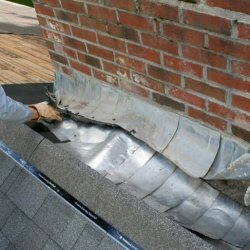
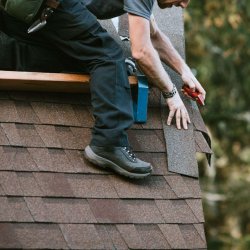
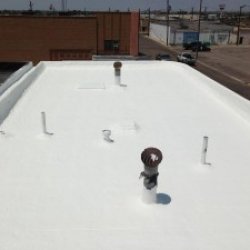
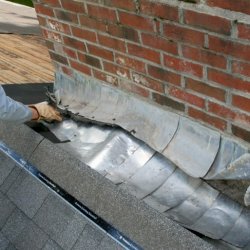
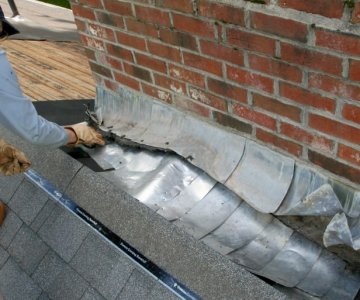
Ingen kommentarer endnu